We need your consent to use the individual data so that you can see information about your interests, among other things. Click "OK" to give your consent.
ASTM D5541-94(2014)
Standard Practice for Developing a Stage-Discharge Relation for Open Channel Flow (Withdrawn 2023)
Automatically translated name:
Standard Practice for Developing a Stage-Discharge Relation for Open Channel Flow
STANDARD published on 1.1.2014
The information about the standard:
Designation standards: ASTM D5541-94(2014)
Note: WITHDRAWN
Publication date standards: 1.1.2014
SKU: NS-31607
The number of pages: 4
Approximate weight : 12 g (0.03 lbs)
Country: American technical standard
Category: Technical standards ASTM
The category - similar standards:
Annotation of standard text ASTM D5541-94(2014) :
Keywords:
discharge, rating curve, stage, stage-discharge relation, ICS Number Code 17.120.20 (Flow in open channels)
Additional information
| Significance and Use | ||||||||||||||||
|
5.1 This practice is particularly useful for determining the discharge at a gaging station or a location where discharge information is repeatedly needed. 5.2 This practice is applicable only for open-channel flow conditions where channel hydraulics permit a stable relation between stage and discharge. |
||||||||||||||||
| 1. Scope | ||||||||||||||||
|
1.1 This practice covers the development of a curve relating stage (elevation) to discharge. Standard test methods have been documented for measuring discharge and for measuring stage (see Practice D3858, and Test Methods D5129, D5130, D5243, D5388, and D5413). This practice takes the discharge and stage determined by each respective test method and shows a relation between them using a curved line. This curved line is called a stage-discharge relation or rating curve. 1.2 The procedures described in this practice are used commonly by those responsible for investigations of streamflow, for example, the U.S. Geological Survey, Army Corps of Engineers, Bureau of Reclamation, and U.S Agriculture Research Service. For the most part, these procedures are adapted from reports of the U.S. Geological Survey.2,3 1.3 The procedures described in this practice apply only to simple freely flowing open-channel flow. Ratings for complex hydraulic conditions of extremely low slope channels using multiple-stage inputs, channels affected by man-induced regulation, or tidal conditions are not described. These types of ratings are described in detail in the documents listed in Footnotes 2 and 3.2,3 1.4 This practice uses the results of current-meter discharge measurements or indirect discharge measurements and the corresponding measured stage to define as much of the stage-discharge relation curve as possible. A theoretical curve is developed for the full range of stage and discharge to shape the curve. 1.5 The values stated in inch-pound units are to be regarded as standard. The values given in parentheses are mathematical conversions to SI units that are provided for information only and are not considered standard. 1.6 This standard does not purport to address all of the safety concerns, if any, associated with its use. It is the responsibility of the user of this standard to establish appropriate safety and health practices and determine the applicability of regulatory limitations prior to use. |
||||||||||||||||
| 2. Referenced Documents | ||||||||||||||||
|
Similar standards:
Historical
1.1.2014
Historical
1.1.2014
Historical
1.1.2013
Historical
1.1.2013
Historical
1.1.2013
Historical
1.1.2013
We recommend:
Technical standards updating
Do you want to make sure you use only the valid technical standards?
We can offer you a solution which will provide you a monthly overview concerning the updating of standards which you use.
Would you like to know more? Look at this page.


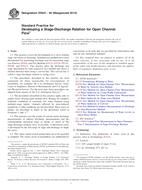
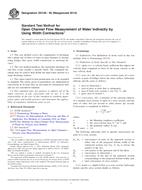 ASTM D5129-95(2014)..
ASTM D5129-95(2014)..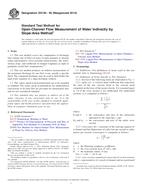 ASTM D5130-95(2014)..
ASTM D5130-95(2014)..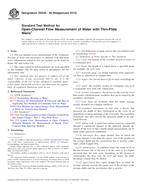 ASTM D5242-92(2013)..
ASTM D5242-92(2013)..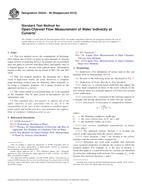 ASTM D5243-92(2013)..
ASTM D5243-92(2013)..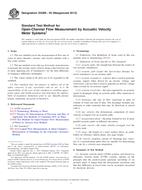 ASTM D5389-93(2013)..
ASTM D5389-93(2013)..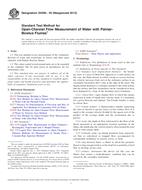 ASTM D5390-93(2013)..
ASTM D5390-93(2013)..
 Cookies
Cookies
